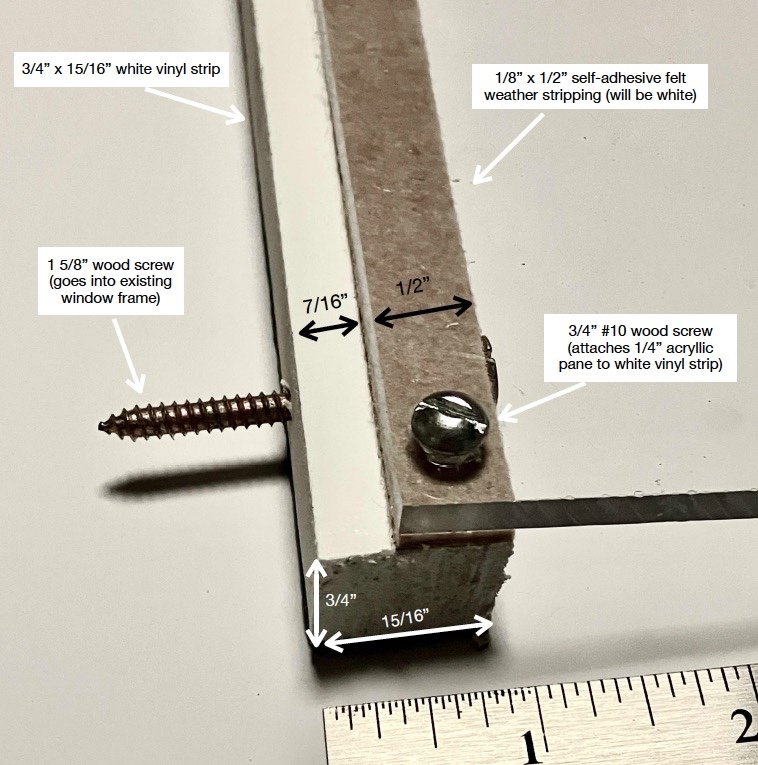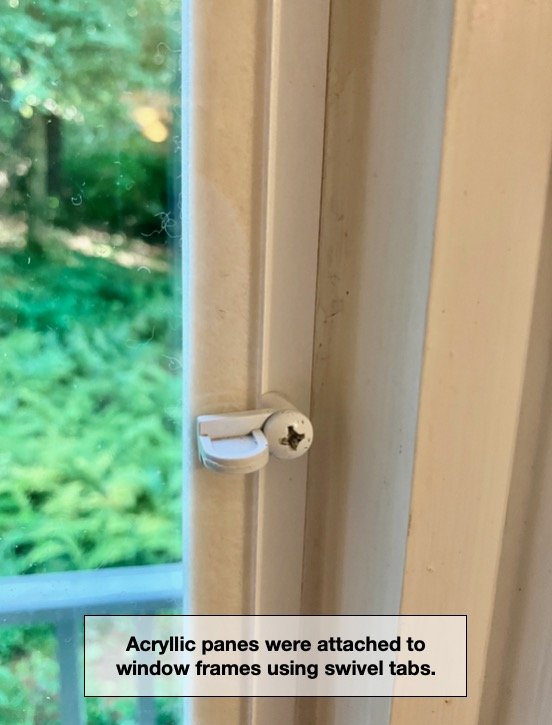Home Energy Makeover
by Paul Lauenstein
My wife Lonnie and I did an energy makeover on the all-electric house that our daughter Zahava bought in Pelham, MA. In 2022, we spent six months nearly full time pulling everything together. We did it primarily to help our daughter cope with rising energy costs, but we also did it to find out what it takes to improve the energy efficiency of an old house, and then share our experience with others. To that end, we described what we did on the National Solar Tour. See: https://www.nationalsolartour.org/tourmap/home-energy-makeover/ .
We cannot build our way out of the climate crisis. If we hope to rein in climate change, we must retrofit existing buildings to make them as energy-efficient as possible.
We started by replacing the old laundry with an efficient washing machine and a ventless heat pump dryer. Unlike a conventional dryer, the ventless heat pump dryer does not pump heated air outdoors. Instead, it condenses moisture from the damp clothes and pumps the condensate into the same drain used by the washing machine. The heat stays in the house.
Then we replaced the aging, inefficient electric water heater with a much more efficient heat pump water heater, which came with a $750 discount from Mass Save.
Our next step was to get a Mass Save energy assessment, which prescribed additional insulation in the attic and the garage ceiling. This cost about $4,000 but Mass Save picked up 3/4 of the cost. Completing the insulation made us eligible for a $10,000 rebate on a whole-home heat pump system for efficiently heating and cooling the house.
We got several proposals on heat pump systems before we hired Wilson Services to install four one-to-one Mitsubishi heat pumps. The quotes ranged from $20,600 (Wilson’s price) to $31,000. Gary Wilson and his crew did an excellent job for us. By installing a separate compressor for each wall unit, we maximized the energy efficiency of the entire system. Also, Mitsubishi heat pumps have better Energy Star energy efficiency ratings than most other brands. Wilson Services is a Diamond Dealer for Mitsubishi, meaning they have installed over 100 systems. Diamond Dealers get a 12-year warranty from Mitsubishi for their customers versus only a 10-year warranty from non-Diamond dealers.
We left the electric baseboard heaters in place, but Zahava will not use them except as an emergency backup. She simply leaves the baseboard thermostats turned way down and allows the heat pumps to warm the house. Note that the house did not have air conditioning before the heat pumps were installed in late August, which made sleeping very uncomfortable during heat waves last summer. Next summer she’ll reverse the heat pumps to take the edge off the heat on hot days and make it comfortable for sleeping. Also, to save energy at night, Zahava will be able to cool her bedroom, which has its own heat pump, more than the rest of the house.
Zahava will receive a $10,000 rebate from Mass Save for the heat pumps. In addition, she financed the balance of $10,600 over 7 years at zero percent interest. The monthly payments of $134 are considerably less than the savings she will experience on her monthly electric bills. When the loan payments end, the heat pumps will continue to operate for five more years under warranty, and hopefully another decade or so after that if they are maintained properly. She might also get credits on her tax return next April as a result of the Inflation Reduction Act.
Three of the old windows only have one pane of glass. The other 25 old windows have double pane glass with ventilation holes that keep the air space between the two panes cold in winter. We initially got a quote of $34,000 to replace all of the 28 old windows. Then we considered inner storm windows made of 1/8” thick acrylic from Indow, which would have cost about $9,000. In the end, Lonnie and I figured out a way to install inner storm windows made of 1/4” acrylic (see attached). We got the acrylic panes custom-cut at Ultimate Plastics in Charlton, MA. The materials, including the vinyl frames, screws, weather stripping and tools, cost $3,100. We installed them ourselves. Even though we are not “handy,” we figured out how to do it. Note that acrylic has only 1/5 of the thermal conductivity of glass (i.e. it’s a good insulator). This winter I plan to rent an infra-red camera from Home Depot and take a photo of two adjacent windows – one with an inner storm window and one without – to get a better idea how effective they are at preventing heat loss.
Unfortunately, Zahava’s house is too shady for solar panels. However, she signed up for community solar from Solstice at a 10% discount off the conventional utility price.
Here’s a graph of Zahava’s electricity usage through September. Her electricity use over the summer months was already significantly lower than the same months in prior years. However, the real savings will become more apparent in the upcoming winter months. My prediction is that the improvements we made will cut her power use at least in half, which will take a lot of the pain out of predicted rate increases this winter.
Update 4/4/2023: Chart shows electricity use through March 2023




